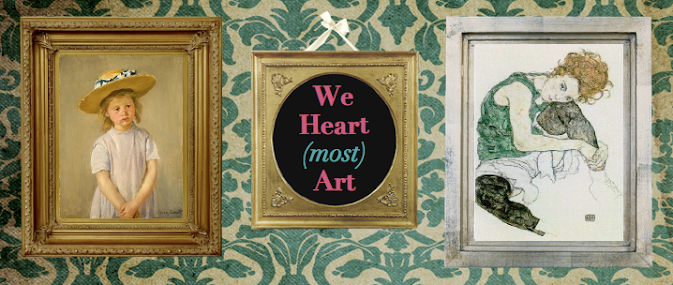Since it is Valentine's Day, why not talk alittle about romance?

Fabio
Ok, well, when I say romance....

Lion Devouring a Rabbit by Eugene Delacriox
The Louvre, Paris
I really mean Romanticism. Which actually wasn't what we would call "romantic" at all. There is certainly no kissing and hugging going on here:

Francisco de Goya's The Third if May, 1808:
The Execution of the Defenders of Madrid
c. 1814 Museo del Prado, Madrid, Spain
To understand Romanticism, you must first understand what it was a reaction to. Romantic artists of the late 18th and 19th centuries rejected the utilitarian ideas of the Enlightenment, which started at the beginning of the 18th century. Enlightened philosophers disliked what they saw as irrational ideas promoted by the Church and turned to science and math for answers to questions about the universe. Neoclassical themes in architecture (such as temple fronts and columns) and grand history paintings of Greco-Roman events dominated the art world.

North Carolina State Capitol Building
Greek Revival Style, Completed in 1840
Ithiel Town and Alexander Jackson Davis Architecture Firm
Photo from Great Buildings Online
Romantic artists felt that science and reason did not hold all of the answers and embraced the irrational, emotional, and spiritual side of humanity and the natural world.

Harwich Light-House by John Constable
c. 1820 Tate Gallery, London, England
The rise of the individual and curiosity towards the supernatural were big themes in Romanticism as well. Surreal works, which captured emotional horror, were also a part of the Romantic period. Goya's The Third if May, 1808: The Execution of the Defenders of Madrid (pictured above) is an example of this theme.
While Romanticism was a European movement, its influence in America was great. The talented painters of the Hudson River School were heavily influenced by Romanticism's appreciation of nature. As a result, they painted magnificent works like this one:

Albert Bierstadt's Sierra Nevada c. 1871
Reynolda House Museum of American Art
Winston Salem, NC
Of course, painters were only a part of Romanticism. Poets such as John Keats, Lord Byron and Edgar Alan Poe captured romantic ideas with their words while Shakespeare's plays saw a resurgence of popularity.
+Art,+Straight.png)



No comments:
Post a Comment